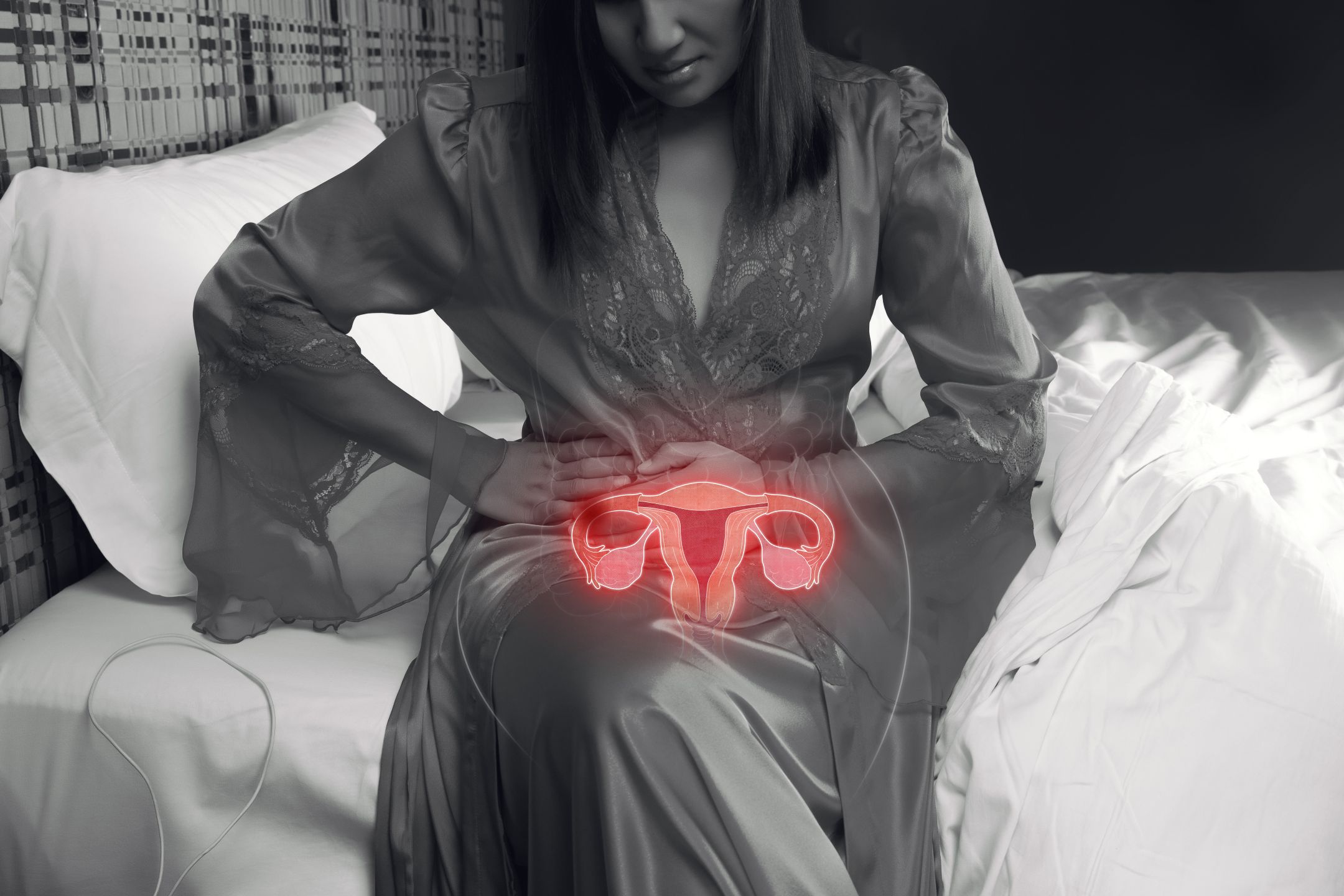
Uterine fibroids are growths that develop in or around the uterus, affecting many women during their reproductive years. While some fibroids cause no noticeable symptoms, others can lead to significant discomfort and health complications. Busy moms, often juggling multiple responsibilities, may overlook early signs, attributing them to stress or fatigue.
This guide explores the common signs of uterine fibroids, risk factors, and when to consult a healthcare provider.
What Are Uterine Fibroids?
Uterine fibroids, also known as leiomyomas or myomas, are noncancerous tumors consist of connective and muscle tissues. They vary in size—from tiny, undetectable growths to large masses that distort the uterus. Fibroids are classified based on their location, such as the following:
- Subserosal fibroids: They develop outside the uterine wall.
- Intramural fibroids: They develop in the muscular uterine wall.
- Submucosal fibroids: They grow within the uterine cavity.
While the exact cause remains unclear, hormonal fluctuations, genetics, and growth factors may contribute to their development. Also, recognizing these symptoms early can help in seeking timely medical intervention, including fibroid removal treatments and the potential expenses. For instance, for busy moms in Singapore or nearby locations, knowing the fibroid removal surgery Singapore cost and other relevant information is crucial to ensure a successful procedure.
Common Signs and Symptoms of Uterine Fibroids
Many women with fibroids experience no symptoms. However, when present, they can include:
1. Excessive or Prolonged Menstrual Bleeding
Excessive menstrual bleeding, known as menorrhagia, is a common sign of uterine fibroids. Women may soak through pads or tampons quickly, pass large blood clots, or experience periods lasting more than a week or more. Chronic blood loss can lead to iron-deficiency anemia, resulting in fatigue, dizziness, and shortness of breath. Monitoring menstrual flow and seeking medical advice if heavy bleeding becomes unmanageable is crucial for early intervention.
2. Pelvic Pain or Pressure
Fibroids, especially larger ones, can cause a persistent feeling of heaviness or pressure in the pelvic area. Some women describe it as a constant dull ache, while others experience sharp pains, particularly during menstruation. This discomfort is often mistaken for bloating or weight gain, but if persistent, it may indicate fibroids requiring medical evaluation to prevent worsening symptoms.
3. Frequent Urination or Difficulty Emptying the Bladder
When fibroids press against the bladder, they can reduce their capacity, leading to frequent urination or a constant urge to go. In some cases, they may obstruct urine flow, making it difficult to fully empty the bladder. This increases the risk of urinary tract infections (UTIs). If these symptoms persist, consulting a doctor can help determine if fibroids are the cause.
4. Pain During Intercourse
Fibroids located near the cervix or uterine wall can cause deep pelvic pain during or after sex, a condition known as dyspareunia. This discomfort can strain relationships and diminish sexual satisfaction. If pain during intercourse becomes recurrent, a gynecological exam can identify whether fibroids are the underlying issue and guide appropriate treatment options.
5. Lower Back Pain
Fibroids that grow toward the back of the uterus may press against spinal nerves or muscles, leading to chronic lower back pain. Unlike typical muscle strain, this discomfort doesn’t improve with rest or physical therapy. Persistent back pain, especially when combined with other fibroid symptoms, should prompt a medical evaluation to rule out fibroid-related complications.
6. Constipation or Bloating
Fibroids pressing on the rectum can disrupt normal bowel movements, causing constipation, bloating, or a feeling of incomplete evacuation. Some women mistake these common symptoms for digestive issues, but if accompanied by pelvic pressure or heavy periods, fibroids could be the culprit. Dietary changes may help, but persistent cases require medical assessment for proper management.
7. Enlarged Abdomen or Uterus
In severe cases, multiple or large fibroids can cause noticeable abdominal swelling, resembling early pregnancy. This occurs when fibroids expand the uterus, leading to a firm, protruding lower belly. Unlike weight gain, this enlargement is often uneven and may cause additional discomfort. If unexplained abdominal swelling occurs, a pelvic exam or ultrasound can confirm fibroid presence.
Risk Factors for Developing Fibroids
Certain factors increase the likelihood of developing fibroids. These include:
- Age: Fibroids are most common in women aged 30-40.
- Family History: A genetic predisposition raises risks.
- Obesity: Higher body weight is linked to increased estrogen levels, which may fuel fibroid growth.
- Early Menstruation: Starting periods before age 10 increases risk.
- Diet: High red meat consumption and low vitamin D levels may contribute.
By understanding these risk factors, moms can minimize the risk of developing uterine fibroids.
When to Seek Medical Help

While fibroids are usually benign, persistent symptoms warrant medical evaluation. Seek immediate attention if experiencing the following:
- Severe pelvic pain
- Uncontrollable heavy bleeding
- Difficulty conceiving (fibroids can impact fertility)
For those requiring surgical procedures, several treatment options and their potential costs should be discussed with a specialist to determine the best course of action.
Diagnosis and Treatment Options
Diagnosis typically involves several procedures. These include:
- Pelvic exams
- Ultrasounds or MRIs
- Hysteroscopy
On the other hand, treatment depends on symptom severity and may include:
- Medications (hormonal therapy to shrink fibroids).
- Minimally invasive procedures (uterine artery embolization).
- Surgical options (myomectomy or hysterectomy).
By knowing the procedures used for effective diagnosis and the available treatment options, busy moms will have an idea of what to expect when they develop uterine fibroids.
Conclusion
Busy moms shouldn’t ignore persistent and severe symptoms that could indicate uterine fibroids. Early detection allows for effective management, preventing complications. Consulting a healthcare provider ensures personalized treatment, whether through medication, lifestyle changes, or surgical solutions. By keeping the information mentioned above in mind, moms can prevent the risk of developing uterine fibroids and ensure long-term well-being amid a hectic lifestyle.
Hey welcome to my blog . I am a modern women who love to share any tips on lifestyle, health, travel. Hope you join me in this journey!

Speak Your Mind